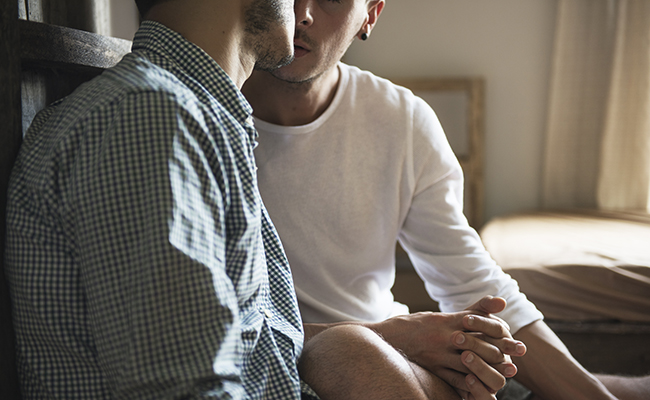‘We’re queerer than we used to be’: New study finds quarter of UK adults identify as having a fluid sexuality
The new survey found that around 26 per cent of UK adults identify as something other than 'completely heterosexual'
By Steve Brown

New research has found a quarter of UK adults identify as having a fluid sexuality.
The survey of 2,000 UK adults was carried out by YouGov and commissioned by media agency UM and found that around 26 per cent of the adults identify as something other than ‘completely heterosexual’, according to the Kinsey scale.
This number rises to 35 per cent of those aged 35 to 44 and up to 55 per cent of adults aged between 18 and 24.
It also highlighted that 60 per cent of Brits believe that sexuality should be viewed on a scale, rather than people being simply gay or straight.
Back in 2016, a similar study was undertaken by the Office for National Statistics where they found that only two per cent of the adult population identified as something other than straight.
Similarly, YouGov research from 2015 found that 49 per cent of adults aged 18 to 24 and eight per cent of 60+ self-defined as something other than straight.
But this new survey has seen the figure rise to 56 per cent and 13 per cent of those aged 55+.
Michael Brown, head of insight at UM, said: “The comparison of this year’s anonymous data with that from the ONS might seem jarring.
“However, what this shows is that Kinsey was right to view sexuality as a spectrum. After all, trying to define something as complex as sexuality in binary terms is at best crude, and at worst – fantastical.”
The study found that around one in six Brits (16 per cent) have had a sexual experience with someone of the same sex – a statistic which rose to a quarter (25 per cent) of those aged 18 to 24, 25 to 34 and 35 to 44.
Not surprisingly but heterosexual women said they were more open to same-sex experiences than men.
UM’s research also revealed that nearly half (40 per cent) of LGBT adults think gay and bisexual men have become more positively perceived by society over the past three years, while 37 per cent for lesbians and bisexual women.
But at the same time, 61 per cent of lesbian/bisexual women and 60 per cent of gay/bisexual men still believe their respective groups are negatively stereotyped.
Two-thirds (66 per cent) of gay/bisexual men aged 18-34 think that there aren’t enough LGBTQ+ people shown in ad campaigns, and half (52 per cent) think the community is ‘invisible’ in advertising.
Furthermore, 60 per cent of lesbian/bisexual women think they have less visibility in the public eye compared to gay/bisexual men.
Brown continues: “The data shows we’re queerer than we used to be. While younger people may be compelled by the spirit of free identity symbolised by icons of today’s popular culture, like Cara Delevingne, it also seems that older people are perhaps finally feeling more able to allow their sexuality to be non-binary.
“The advertising and media community has a huge role to play, both in avoiding harmful negative stereotypes and in creating ads and content that appeal to an increasingly queer UK populace, whether young, middle-aged or older.
“A quarter of the UK is a massive audience for companies that can strike a genuine chord with the LGBTQ+ community. So important marketing practices, like better representation and more investment in LGBTQ+ media platforms, should be prioritised by brands and agencies.”
